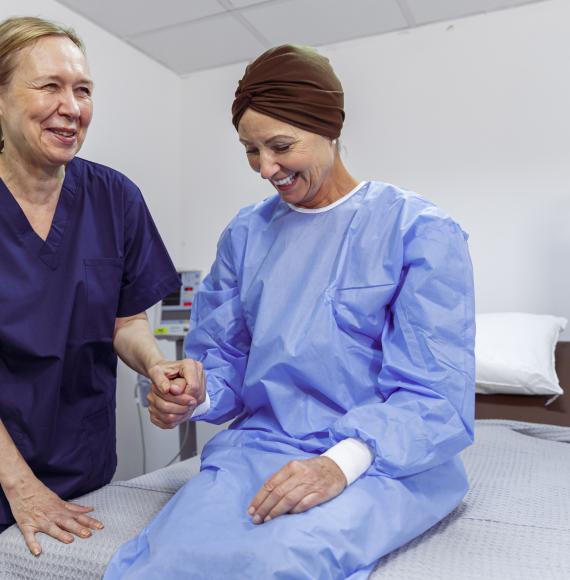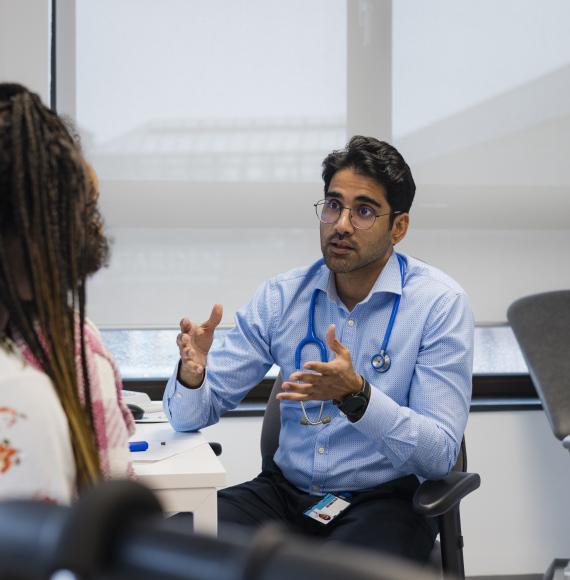Manchester Royal Infirmary (MRI) have been given planning approval by Manchester City Council to transform their Emergency Department (ED).
The £40m redevelopment project will modernise the facilities so they best meet the changing needs of Manchester locals. This includes increasing the capacity, and a more streamlined layout to ensure patients continue to receive high quality emergency treatment and care.
The upgrade will boost the capabilities of the MRI, which is a Major Trauma Centre for Greater Manchester, and forms part of Manchester University NHS FT (MFT). The improvement will include an expanded and improved ED, including 10 (up from 6) resuscitation bays, and 27 (up from 16) major cubicles. Plans also include the creation of six new operating theatres, which will support the hospital’s developing role as a regional centre for specialist surgery.
Vanessa Gardener, Chief Executive of MRI, said: “Manchester is a rapidly developing city, with a much larger population, and different health requirements to the 1980s when our current Emergency Department was first built.
“These exciting plans lay out our vision for a new and improved department that will best support the needs of Manchester and beyond, now and in decades to come, for the communities we serve and our staff who work in this department.
“The new operating theatres will likewise enable us to modernise our surgical facilities and support our growing role as regional centre for emergency, major trauma, vascular, head and neck cancer, liver, transplant and other specialist surgery.”
Julia Bridgewater, Chief Operating Officer at MFT, said: “MFT is the largest NHS trust in England, with ten hospitals and a wide spread of clinical specialisms. These plans for MRI ED have been thoughtfully considered to best work in co-ordination with our other hospitals, and incorporate the capabilities of these different fields.
“This major transformation project will mean patients presenting at the MRI ED can be seen by the right people and receive the right treatment quicker in a much-improved patient environment.”
Temporary changes to the department’s access and layout will be put in place to ensure it can continue to operate fully throughout the project. The construction is expected to start later in the year, and is likely to take just over three years to complete.



















